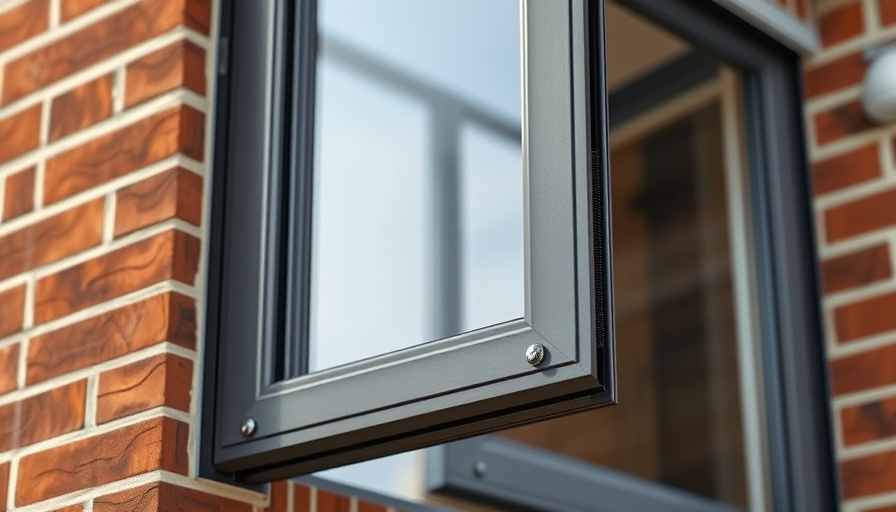
Brendan Owens Takes the Helm as Chief Sustainability Officer
HKS, a global design firm renowned for its commitment to innovative architecture, is elevating its sustainability ambitions with the appointment of Brendan Owens as Chief Sustainability Officer (CSO). With an impressive track record that spans numerous influential projects and initiatives, Owens replaces Rand Ekman, who transitions to CSO Emeritus after nearly ten transformative years. During his tenure, Ekman helped embed sustainability into HKS’ culture and service offerings.
Bridging Policy and Practice
Owens brings a wealth of experience from his previous roles, notably as Chief of Engineering at the U.S. Green Building Council, where he played a pivotal role in refining the LEED rating system. His expertise also extends to his time as Chief Sustainability Officer at the U.S. Department of Defense, where he successfully integrated climate strategies into operations across a massive real estate portfolio. This unique blend of skills positions Owens to contribute to design practices that not only mitigate environmental harm but also promote resilience and regenerative outcomes.
The Future of Sustainability in Design
Owens expresses excitement about the challenges ahead, stating he was drawn to HKS due to its multidisciplinary approach and global platform. His vision aligns with a growing trend in the architectural field: moving beyond merely ‘less harm’ toward creating environments that positively impact communities and ecosystems. As sustainability evolves from a niche consideration to an industry standard, leaders like Owens are essential in driving this transition.
A Shift Toward Regenerative Design
The distinction between traditional sustainable design and regenerative design is gaining attention. Regenerative design focuses on restoring and renewing ecosystems, rather than just reducing harm. This shift could influence future architectural and urban planning practices significantly. As firms like HKS adopt this philosophy, clients will increasingly seek designs that resonate with broader environmental, social, and economic goals.
Owens' Vision: Implications for the Industry
The ripple effects of Owens’ appointment could extend far beyond HKS. As the architectural landscape becomes increasingly competitive in matters of sustainability, other firms may feel pressure to align their frameworks with such progressive approaches. The decisive actions taken by HKS under Owens’ guidance could set benchmarks that others within the industry might strive to achieve.
 Add Row
Add Row  Add
Add 






Write A Comment